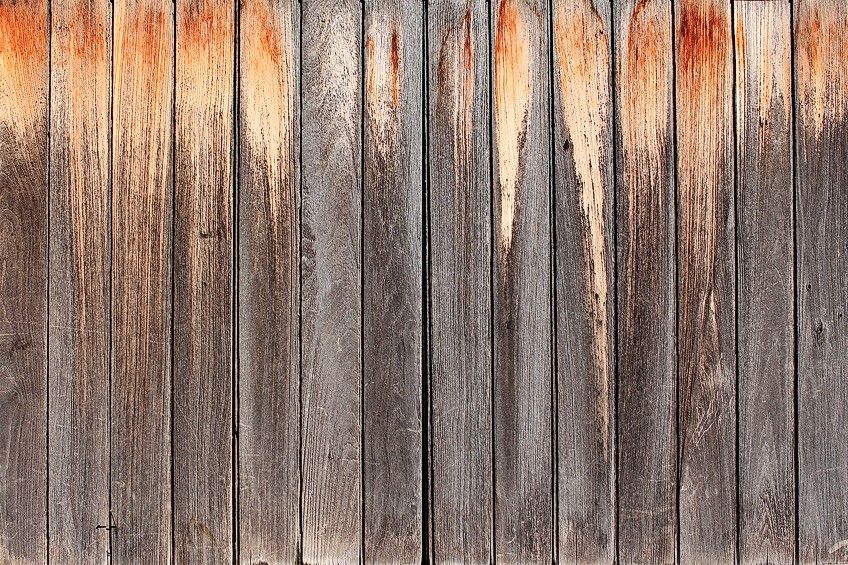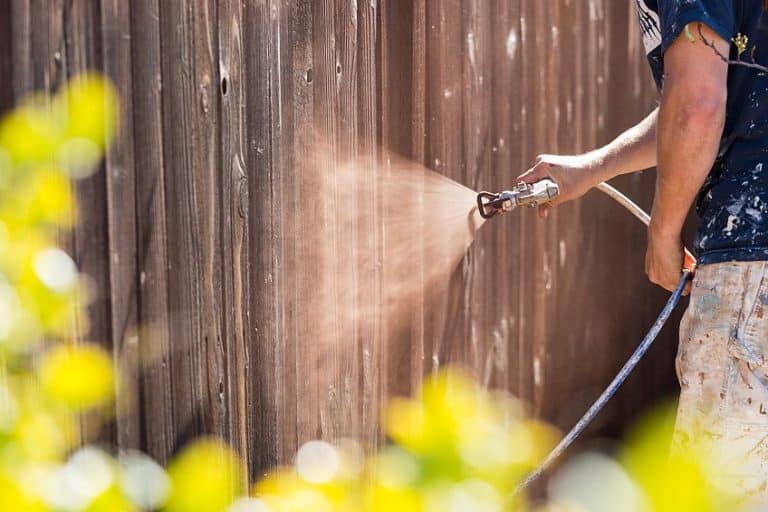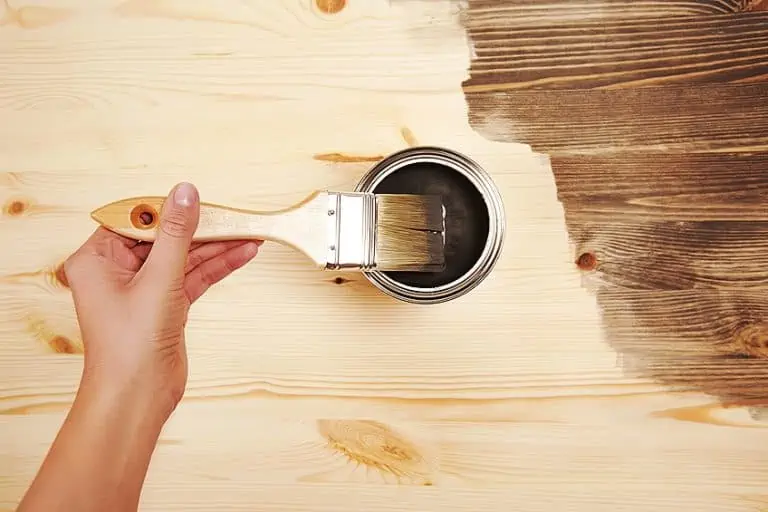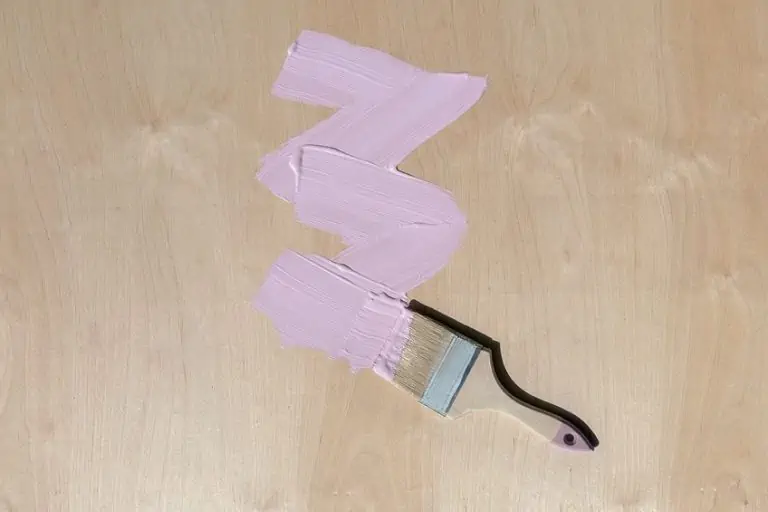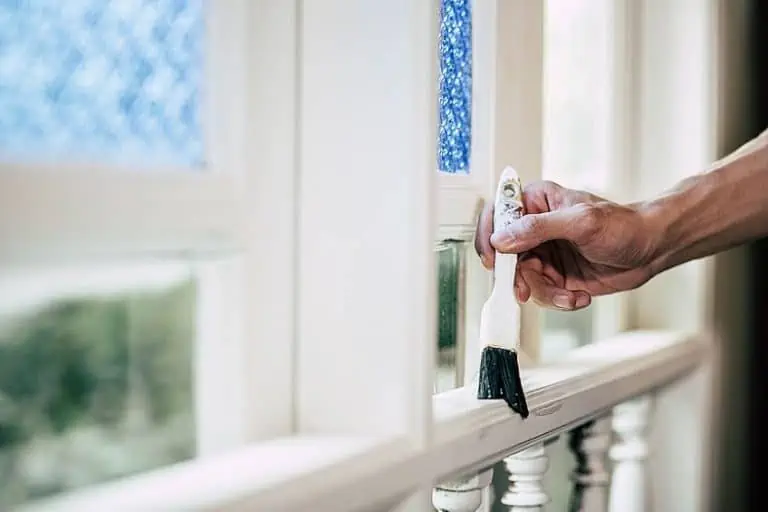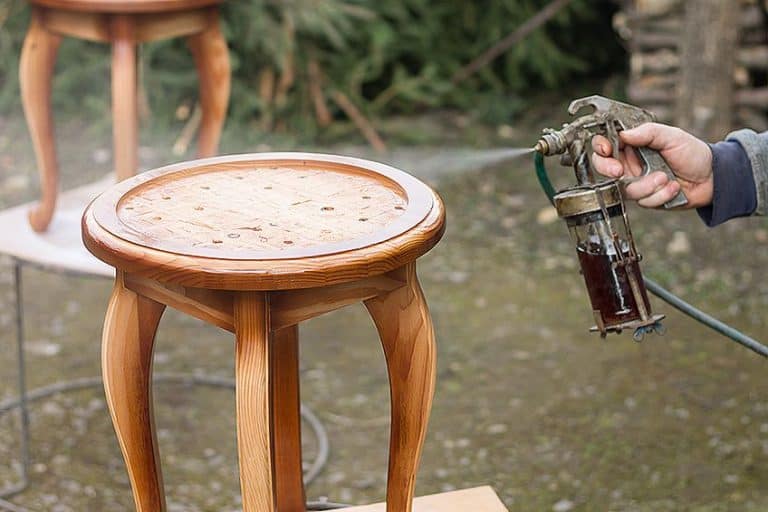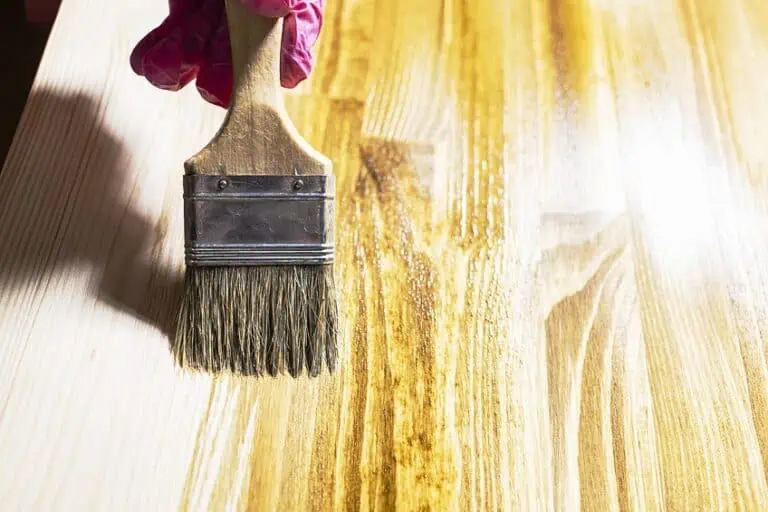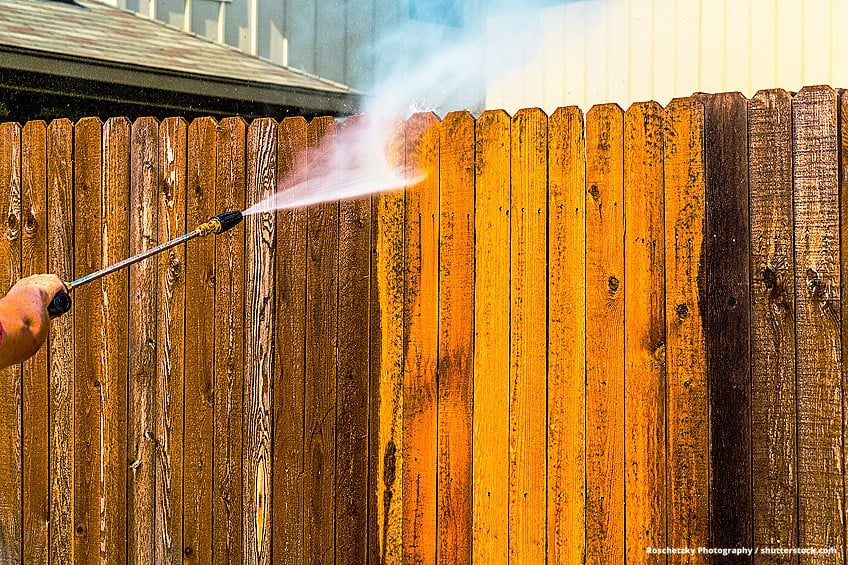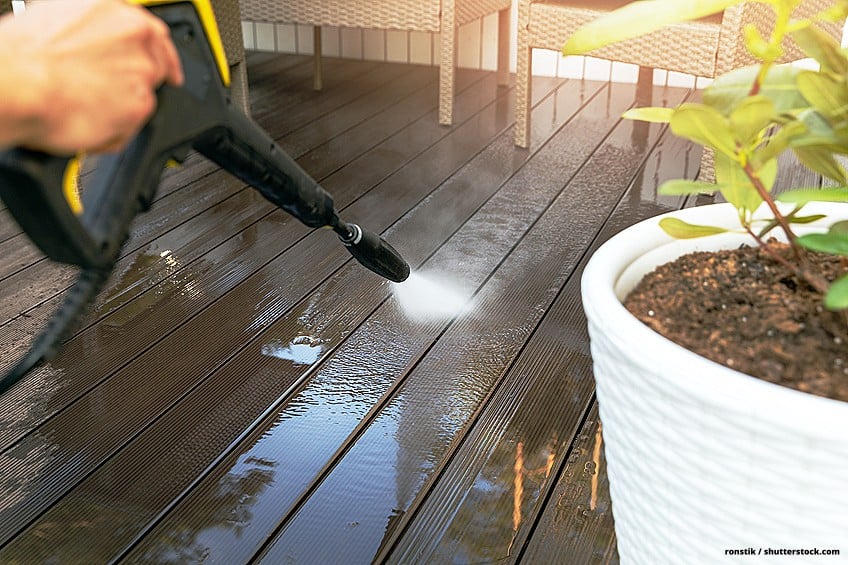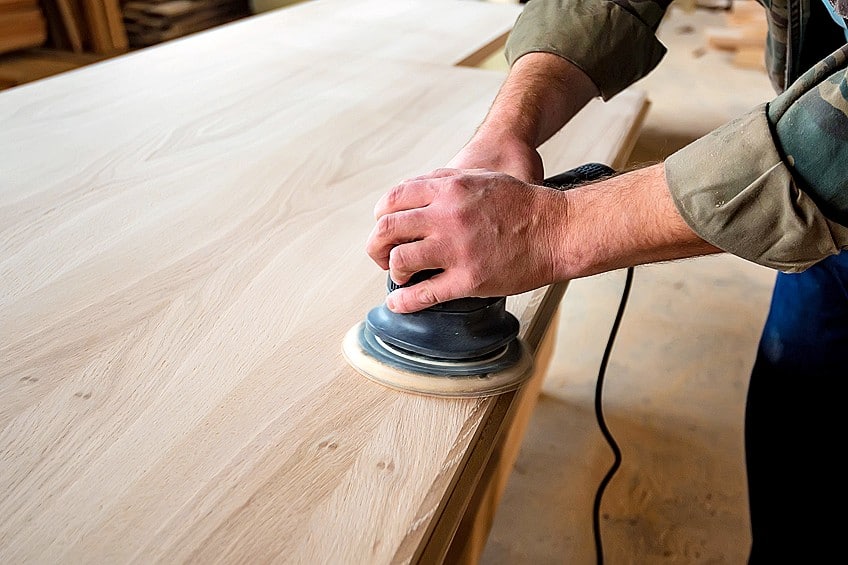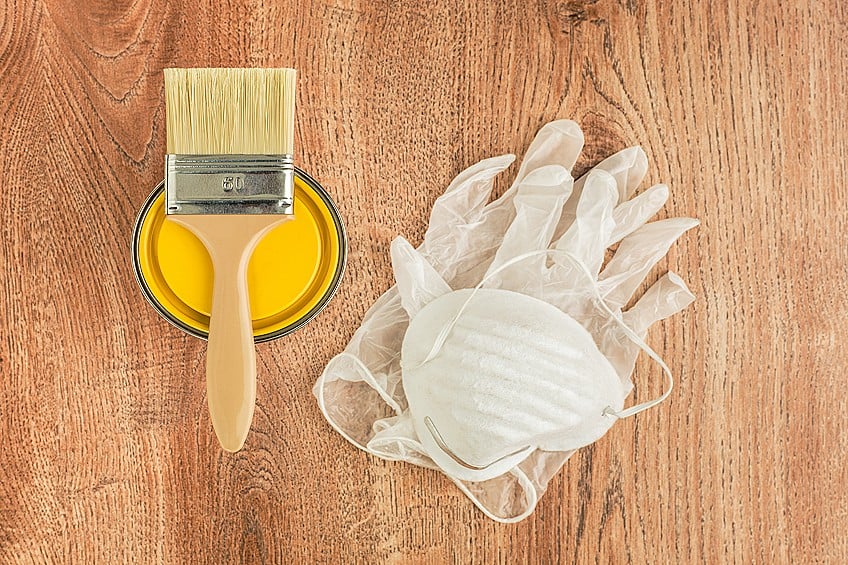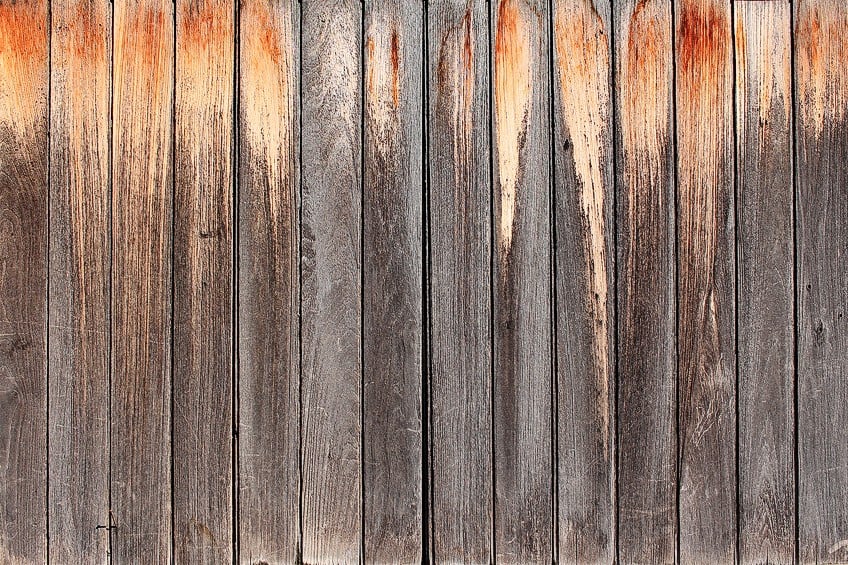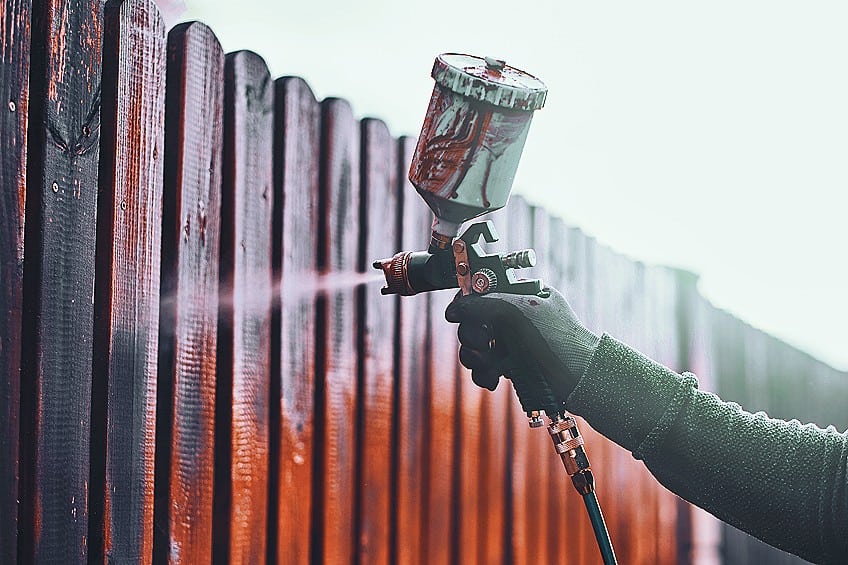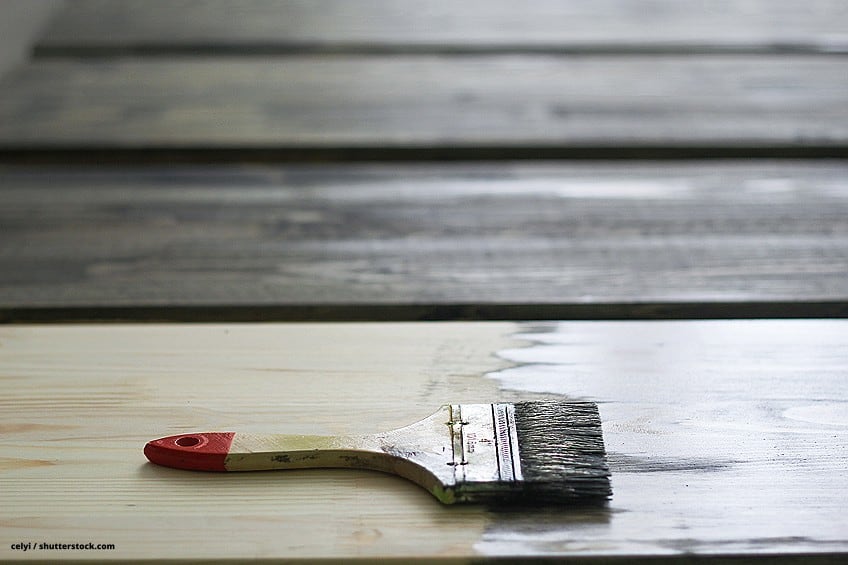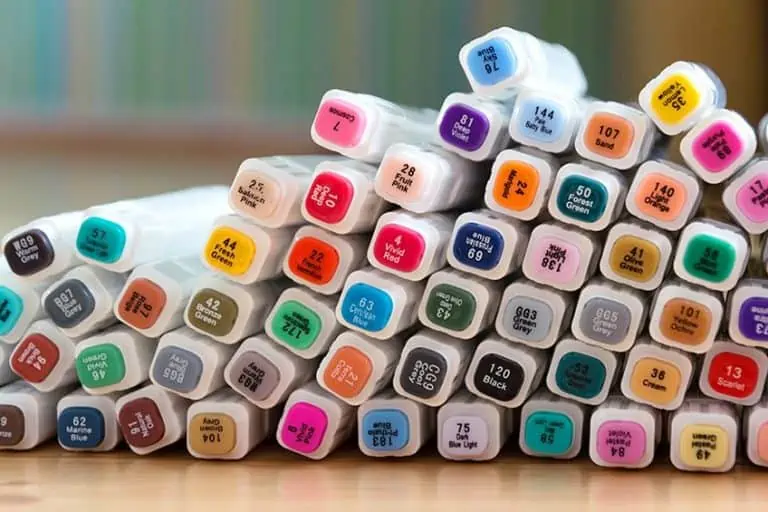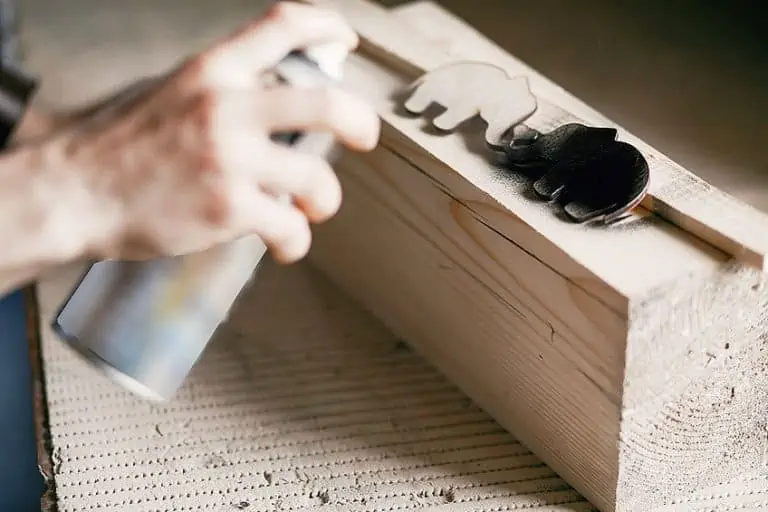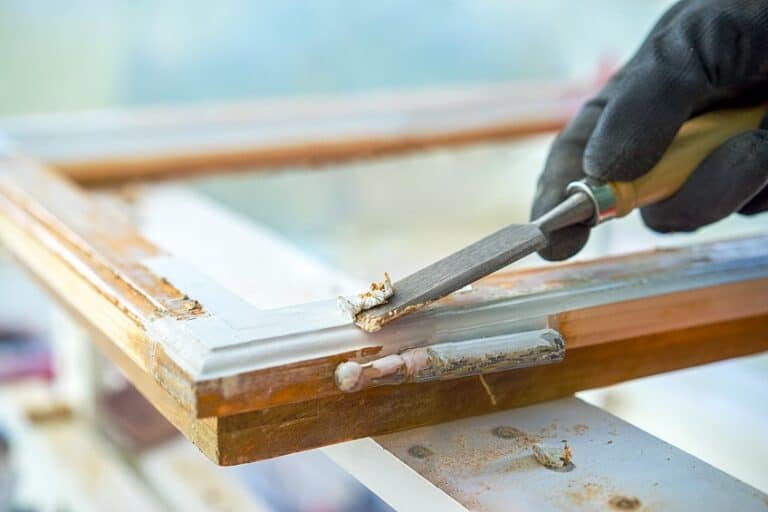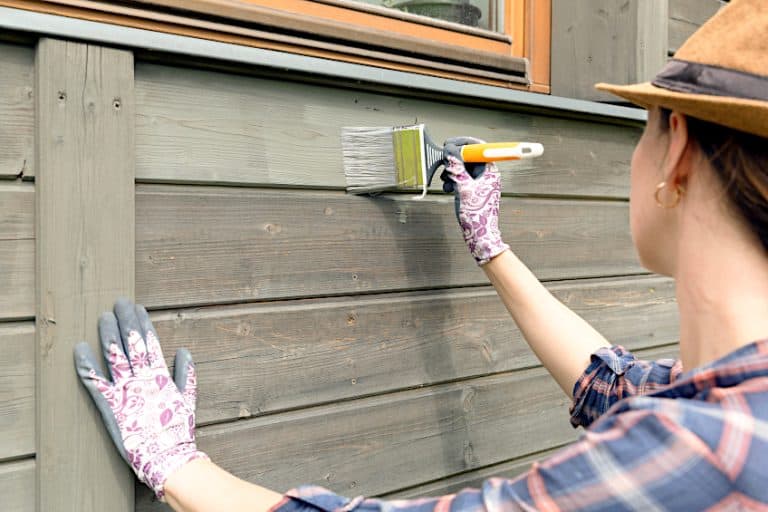How to Remove Stain From Wood – Your Easy Woodstain Removal Guide
A rite of passage for any craftsman is restoring a workpiece that’s appeal has faded over time. One of the most challenging parts of getting this done is removing the existing finish before you get to spruce the workpiece up, but how do you go about this? Removing paint that has started to separate from a surface is simple enough, just apply some paint thinners, get your scraper and some sandpaper and you’ll have that done in next to no time! This being said, how does one remove wood stain from a surface? Let’s have a look at how to remove stains from wood.
Table of Contents
Why Would You Remove Stain from Wood?
As much as we all enjoy shopping for new and exciting furniture for our homes, there are always some items that hold a certain sentimental value to them. Maybe they were given to you as a gift or passed down to you as a family heirloom, either way, your first instinct certainly won’t be to throw these memorabilia out with this week’s trash. Restoring furniture requires removing what remains of their existing finishes, no matter how tarnished or intact they might be at the time. Removing paint is quite a straightforward process but figuring out how to remove stain from wood can be considerably more challenging if you don’t know how to.
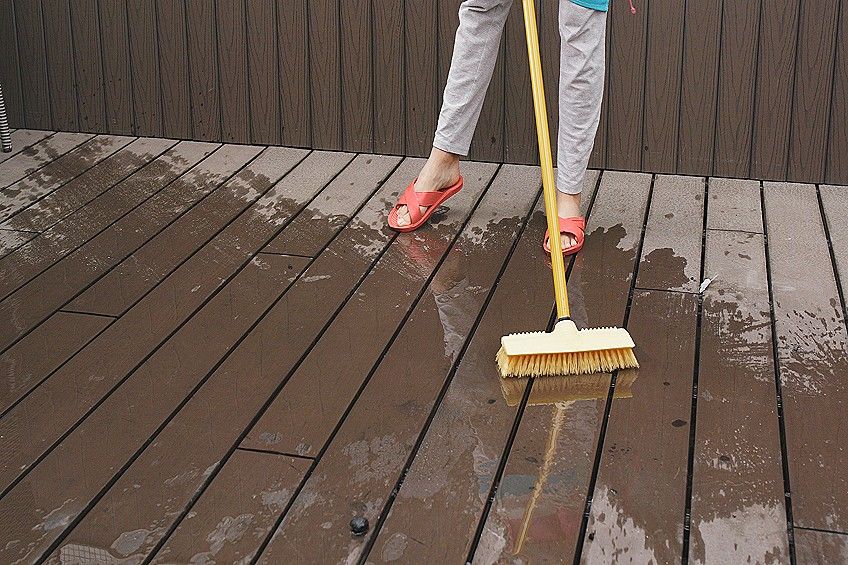
Another reason you might be considering removing wood stain from a surface is to breathe some life back into it. As aesthetically appealing and long-lasting as the wood stain is, you will notice that it has the tendency to lose the intensity of its color over time.
This can be attributed to a number of factors, including the degradation of the wood fibers or over-exposure to sunlight and/or moisture. Regardless of the reason, this can leave your furnishings looking a bit lifeless and dull, not to mention the fact that you lose some of the other properties attributed to stained wood such as resistance to moisture damage and abrasion. Other than restoring your own furniture, another common reason for individuals having to remove stains from wood is to make it their own.
These days it’s fairly common to find intricate vintage pieces of furniture at your local goodwill, but their styling might leave something to be desired even if their overall condition is good.
Changing the look of the furniture to reflect the styles of our time is not a new practice, in fact, it was the only option for many middle-class families before the advent of mass production. Re-painting your home and re-finishing your furnishings was a common skill in those days, and it seems to be coming back in a big way with everyone just itching to learn about different facets of crafting and restoration.
How to Remove Stain from Wood Surfaces
Now that you have an idea of what the benefits of removing stain from wood are, you are probably wondering exactly how to remove stain from wood. The problem with this process is that most stained wood furnishings have a layer of transparent protection over them from the initial staining process.
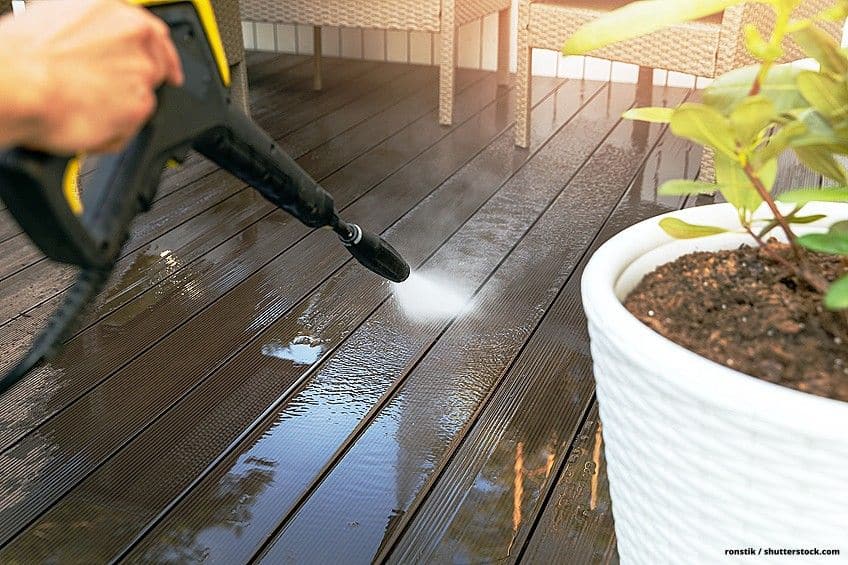
This being said, you will ultimately have to remove this layer before you can get around to removing the stain itself. The practice of removing either coating involves getting your hands dirty with a power sander or sanding paper (which we recommend). The process is a bit more nuanced than this though, so let’s have a look at the process of removing stain from wood through a step-by-step guide.
Cover the Workspace Area
Before you begin it’s important to understand the nature of the chemicals you will be working with. Wood stain remover/ paint strippers can cause extreme discomfort if you inhale them or if they come into contact with your skin. This being said, ensure that you always wear appropriate personal protective gear when working wood/paint strippers.
In addition to having the right gear for the job, you should try to work outdoors or alternatively in a well-ventilated area as often as possible.
Once you have airflow sorted you should work on protecting anything you own that should not get paint stripper on it. Lay down a tarp over anything in your potential splash zone or move it if possible. Wood stain remover acts like acid when it comes into contact with most surfaces, so unless you’d like to have holes of varying depth in all of your belongings, cover them up well!
Prepare Your Tools for the Work Ahead
Like most experienced craftsmen will tell you, 80% of the battle when working with surface coatings (whether you are putting them on or taking them off) is in the preparation. Most people immediately think of priming a surface for painting when hearing this piece of advice, but in reality, preparation begins a step before this. Having the right tools ready to go before you get into the meat of the job means that you will save lots of time and effort while avoiding potential accidents.
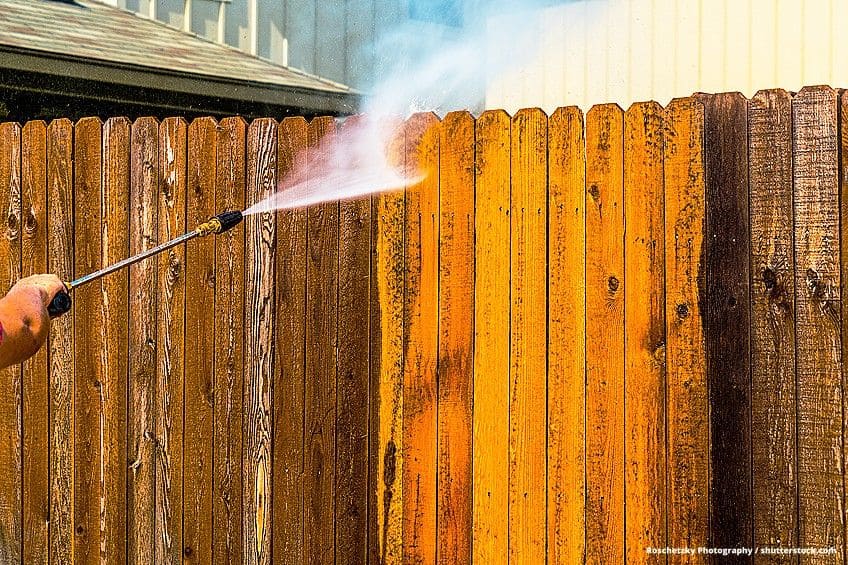
A good way to arrange your tools is to place everything you will need on the side of your workpiece parallel to your dominant hand, this includes your stain stripper, your scrapers, your sanding paper, your rags, and even your personal protective gear. Once you have everything organized, work out a system that minimizes clutter while you’re working, a reliable system is placing everything you are done using, including debris, on the opposite end of your workpiece. This minimizes the possibility of an accident happening, and when you’re working with a substance like a stain stripper you should take every possible precaution.
Get Your Stripper Ready
At this point, your workspace and your tools should be organized and well ventilated, so it’s time to get your stain stripper ready for work. You don’t want to crack the entire container open and have that amount of paint stripper fumes around, especially if you are working indoors. This being said, find a container that won’t be affected by the corrosive effects of the paint stripper and pour some stripper into it. If you aren’t sure which materials won’t be affected by the stripper, stainless steel or similar metal container will get the job done.
Choosing the size of the container is entirely dependent on the size of the workpiece you will be stripping, therefore choose a container that won’t have you refilling it every five minutes, and also ensure there are no leaks in the container before you pour the stripper in.
Once you have all of the aforementioned sorted out be careful not to spill any of the stripper on yourself or anything around you, although considering that everything that you have covered up everything even if you do spill some it’s nothing to be concerned about.
Apply the Stripper
If you have a background in applying paint you know that you shouldn’t overdo your coats, allowing each coat to dry before sanding down and applying your next coat. This is not the case when you are applying paint strippers. When learning how to strip stain from wood you should ensure that you apply a really thick coat, this is especially important if you are working with fairly large workpieces like doors or tables. Why you might ask? Well, when you are stripping wood stain from a surface you need to penetrate deep into the surface of the wood, this is due to the wood stain itself being soaked deep into the wood’s fibers in order to color and protect it.
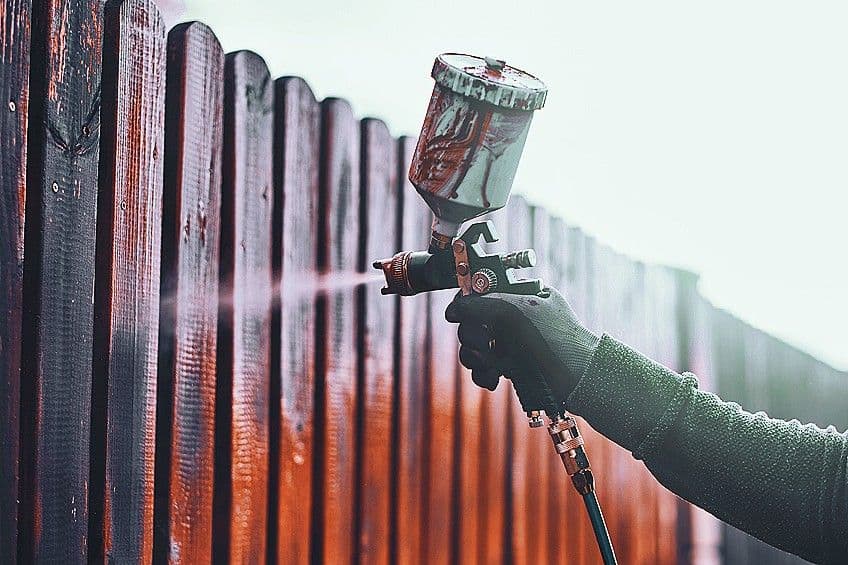
If this is your first time working with a wood stripper and you don’t feel too comfortable covering your entire workpiece in stripper right off the bat, go ahead and practice your technique on a small section of the workpiece until you build the confidence to move on to bigger areas. Be careful when applying stripper on large surfaces too, if your elbows or cuffs come into contact with the surface of the workpiece once the stripper is applied it will eat tiny holes into your clothes. Now that you know how to strip stain from wood surfaces, let’s move on to the finishing steps.
Let the Stripper Soak In
They say that patience is a virtue. In the case of removing stain from wood, this statement does ring true. The soaking process is integral when removing stain from wood and should not be rushed by any means. As we mentioned previously, wood stain seeps deep into the fibers of the wood (far past the surface), therefore you need to allow enough time for the stripper to do its thing.
If you want to speed this process along you can get rid of any clear coats of sealer on the surface of your workpiece before you apply the stain stripper, this will leave less work for the stain stripper to do and allow it to get eating at that paint instead of having to work through these additional coatings.
The stripper should take roughly 20 to 40 minutes to set in properly when removing stain from wood, this being said if you would like to make yourself a cup of coffee or clean up a bit while it does its work you won’t be missing much. Before you take your well-deserved break, ensure that the entire surface is relatively wet with the stain stripper, if there are any dry areas fill them in with your brush before you leave.
Remove the Stripper from The Surface
Enjoy your coffee? Good! It’s time to get back to work. Ensure that your stain stripper has soaked into the wood’s surface well and that the surface is nowhere near as wet as you left it. If you can still see stain stripper floating on the surface of your workpiece you need to give it a bit more time to set in. Once you are sure that all of the stripper has soaked into the surface of the wood it’s time to get your hands on your scraper. Keep in mind that your scraper should be plastic, the last thing you want is to cause unnecessary damage to your workpiece.
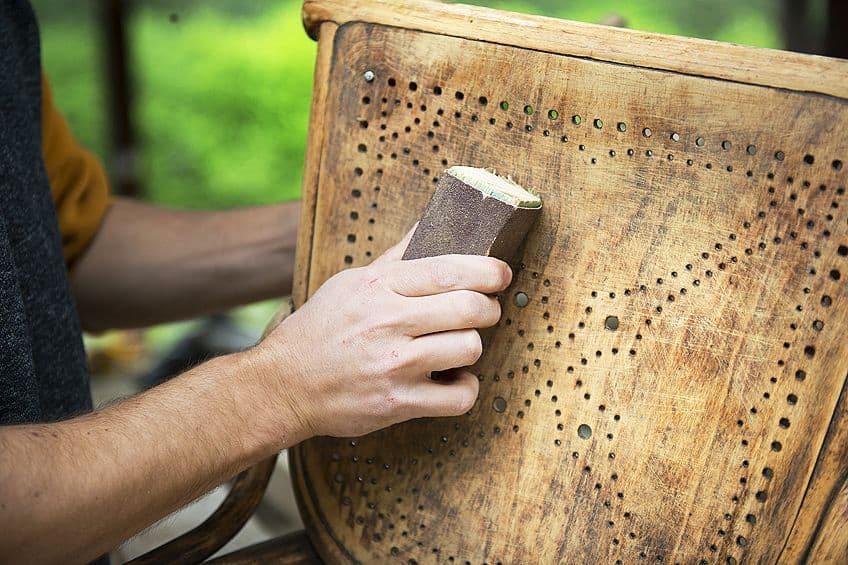
Begin removing the stripped stain from your workpiece by scraping from one end of the workpiece to the other, work slowly as some debris may still be tightly adhered to the surface of the workpiece, therefore you should aim to be gentle but still decently firm when removing wood stains.
Repeating this process should create clear little “rows” as you progress through the surface of your workpiece, and when you are done ensure that you dispose of the debris you have removed properly. The stain stripper is still active in the fibers you have scraped away and therefore is not only flammable but could easily eat through a refuse bag. Always remember to double down on the packaging you use to dispose of the excess material when removing wood stains.
Scour and Wipe Your Surfaces
If you happen to be feeling a bit tired at this point don’t worry about it, it is a rather labor-intensive process. At this point in the process, you will notice that once you have removed the bulk of the wood stain with your scraper there are still a few pieces that have not come loose. If you think it’s the stain strippers’ fault, we promise it is not, some sections of the surface are simply more porous and therefore have absorbed more wood stain than the rest.
You can solve this problem by getting your steel wool and dipping it in your stain stripper, once you have enough of the stripper soaked up you can get to work on the remaining spots on your workpiece.
You can follow the same pattern as you did with your scraper previously, making sure that the surface is clean section by section as you move forward. Make sure that you get every little corner and spot you can reach with your steel wool pad, but don’t worry about deeper spots that you can’t reach.
Once you feel you have reached the limit of your abilities with your steel wool give your workpiece a wipe down with a damp cloth once you have cleared any debris created by your steel wool pad. This is arguably the best way to remove stain from wood, not to mention how to clean wood after stripping. Once you have completed your wipe down give your workpiece roughly 24 hours to dry up before moving on to the next step.
Sand Down Your Surfaces
This step will undoubtedly reward you for your efforts. As we mentioned previously, the best way to remove stain from wood is by working patiently and methodically to avoid disappointment. Once you have ensured that your wood has dried overnight it’s time for you to get sanding. It should go without saying that if you are working on larger surfaces you should use a power sander to speed the process along. If there were any spots you could not remove from the surface of your workpiece you should be able to get them out with your sander/sanding paper.
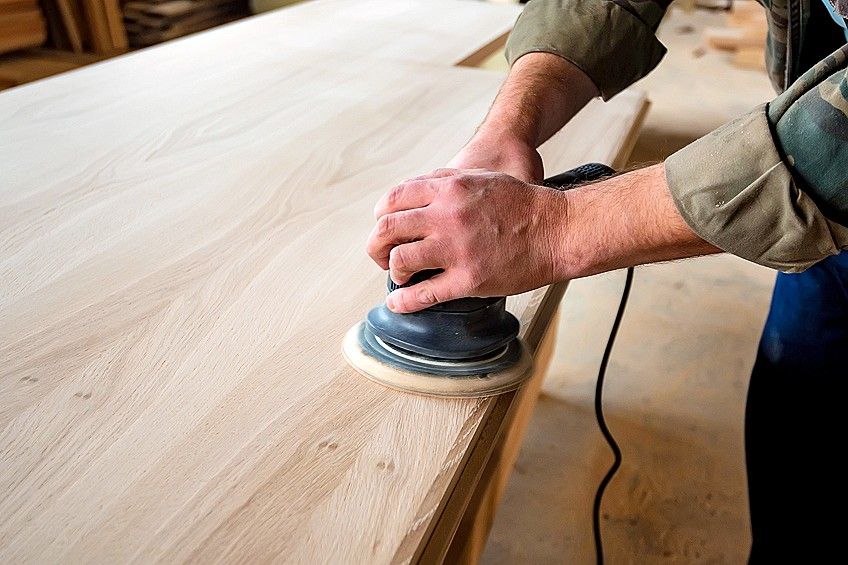
Once again, work from one end of the surface to the other in a clear line and remove any remaining wood stain spots completely. As you work from one end of the board to the other you will notice that the raw wood which was previously saturated with wood stain has now been exposed, this is ultimately what you are working towards.
Ensure that your ventilation is still adequate and that you wear the appropriate eye protection when you are working with and sanding equipment as if any wood chips manage to get into your eyes, they can cause serious discomfort and possible injury. Once you have completed the rough sanding process, remove any debris from the surface of your workpiece and give it a once-over with some fine-grit sandpaper to ensure it is nice and smooth for reconditioning.
Now that you know the best way to remove stain from wood, how to clean wood after stripping, and the nuances of stain removal you are ready to get out there and put your newfound knowledge to the test. Remember to always work in a well-ventilated area, always wear the appropriate personal protective gear, and generally always put your safety and the safety of those around you first!
Frequently Asked Questions
Can Wood Stain Be Removed?
Wood stain removal can be a time-consuming process, but it is possible. You will need some wood stain stripper, a plastic scraper, a few rags, a wide paintbrush, a tarp, some sanding paper, and a well-ventilated work area. Remember that the best philosophy when working on removing the wood stain is to work slowly and be as methodical as possible.
Will Vinegar Remove Wood Stain?
Well, this won’t work as well as wood stain stripper (otherwise known as wood stain remover) but it should work to a much lesser degree. Although people have found success using this substance it is not recommended that you use anything other than products that have been graded for wood stain removal.
What Takes Off Stain?
If you are wondering what works best in removing wood stain it is usually rubbing alcohol or acetone. These substances have a limited acidic effect that essentially eats away at the wood stain in the fibers of the wood, causing it to rise to the surface where it can be scraped and sanded away. We recommend only using certified wood stain removal products

I have been into woodworking since 2005 and woodturning since 2011. Because of my love for wood and woodworking, I started woodhappen.com to teach other enthusiasts about how to finish and seal wood, the best woodworking tools, the different types of wood, and everything else related to woodworking! Read more about me here.

